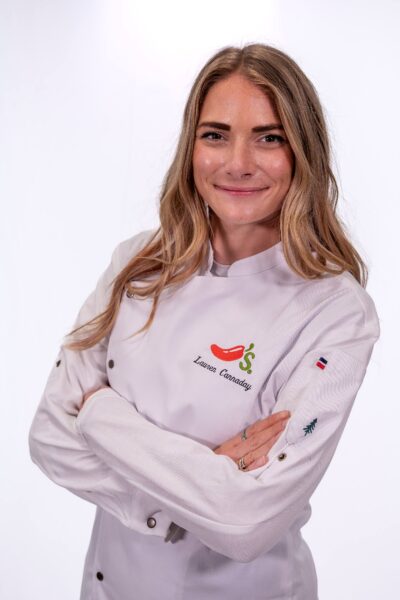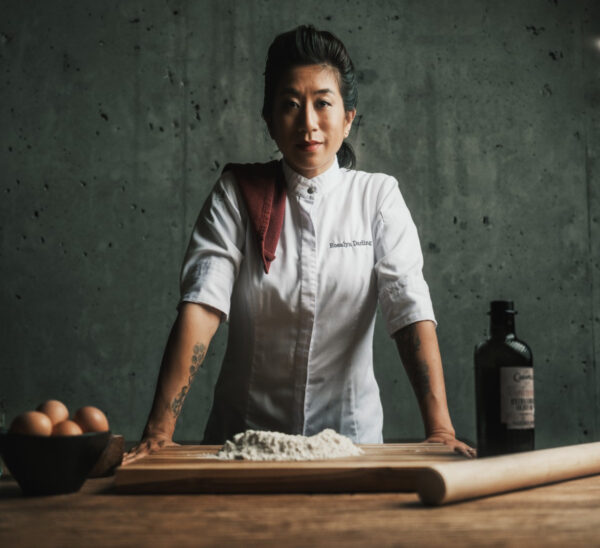Our Story
Do you ever wonder what makes potatoes America’s favorite vegetable? Perhaps it’s because we love their comforting flavors and textures. Craving something creamy? Potatoes have got you covered. Want crispy and crunchy? There’s a potato for that, too. Each variety has its own unique traits that make them perfect for certain dishes – from fine and creamy to floury or crumbly.
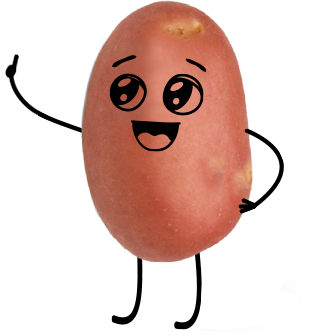
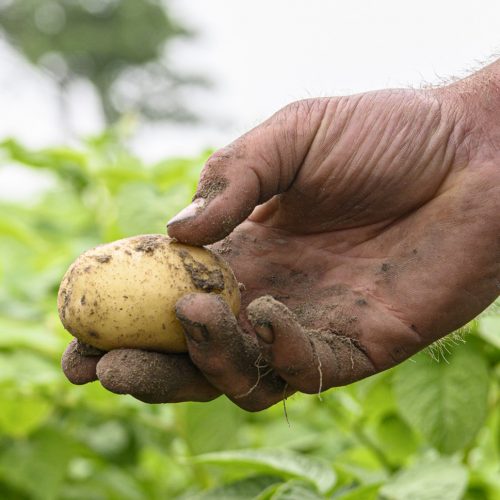
Are you someone who appreciates potatoes’ versatility in the kitchen, providing ingredient options from fresh to frozen and everything in between? No matter what cooking style you prefer, there’s a potato for that.
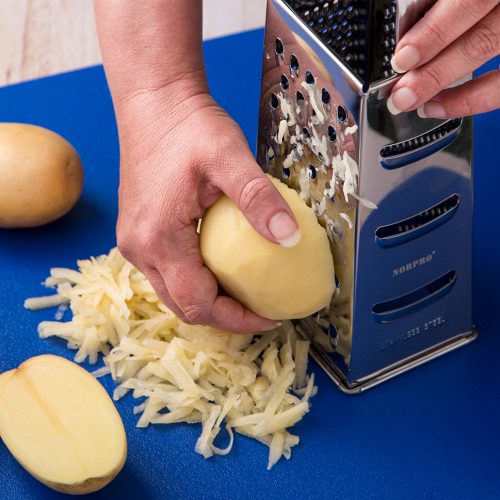
Maybe you’re a culinarian, inspired by the endless options for pairing potatoes with other ingredients in cuisines from classic French and regional American to contemporary Spanish and traditional Mediterranean. For whatever reasons you love potatoes, we celebrate you for recognizing the glory of potatoes!
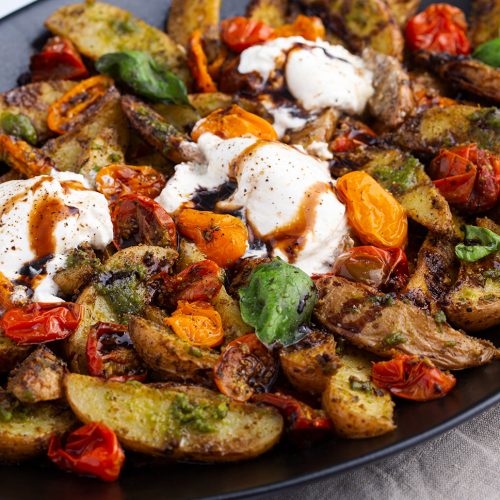
But what if you’ve been taking potatoes for granted lately, overlooking the incredible options of vibrant colors, distinct flavors, alluring aromas and appealing textures? Perhaps you’ve gotten stuck in a potato rut, making and eating potatoes the same way for years. Relax. We’re here to help.
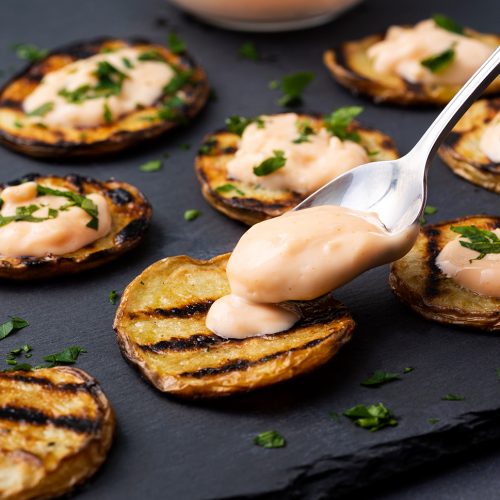
We’re Potato Glory. We’re here to help you celebrate and explore the amazing world of potatoes; to inspire you to try new varieties, new preparation methods, and new recipes; and—hopefully— get you to love potatoes as much as we do.
Recipes
Potatoes are an incredibly versatile ingredient. Need some inspiration? Check out our recipes, including our new Global Recipe collection inspired by food cultures from around the world.
Did You Know?
Potatoes are a good source of fiber.
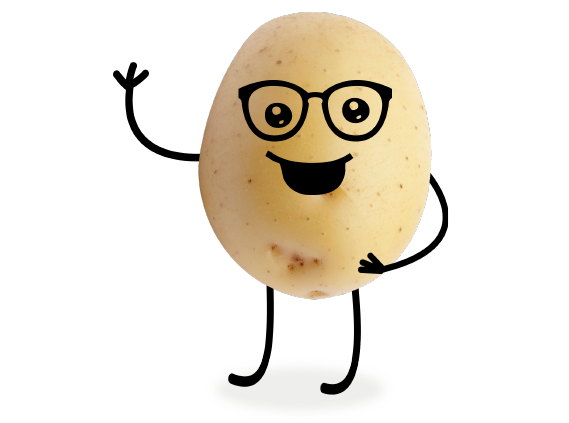
FINE and CREAMY cooking type potatoes work well for boiling or steaming for making creamy mashed potatoes.
FIRM cooking type potatoes are a great choice for boiling, cooking, and using in potato salad.
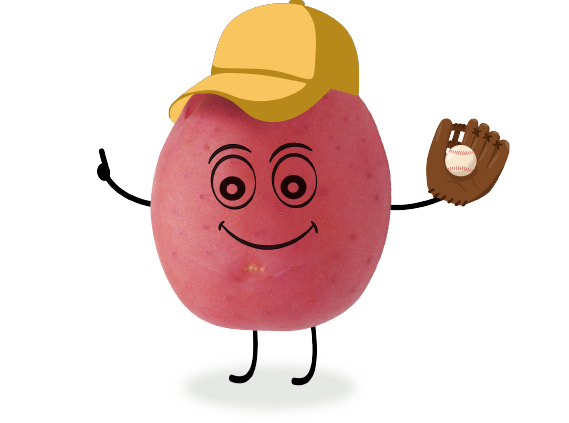
FIRM potato types retain a firm texture after cooking.
It takes a minimum of 10 years to breed and bring a new potato variety to the commercial market.
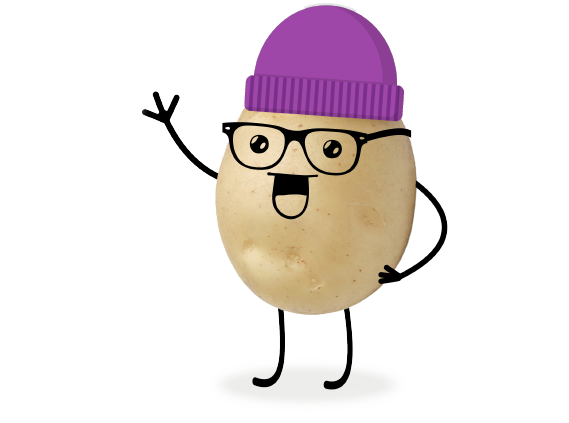
Eat the skin to get more fiber! One-third of the fiber a in a potato is in the skin.
FLOURY or CRUMBLY cooking type potatoes can be incorporated into the dough for gnocchi, pizza dough, or bread.
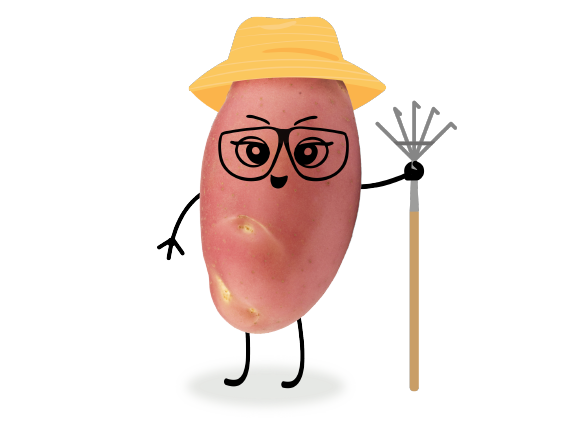
The potassium content of potatoes varies greatly; varieties with the highest potassium content have twice the amount of potassium compared to varieties with the lowest potassium content.
Like other vegetables, potatoes contain no fat, no cholesterol, and very little naturally occurring sodium.
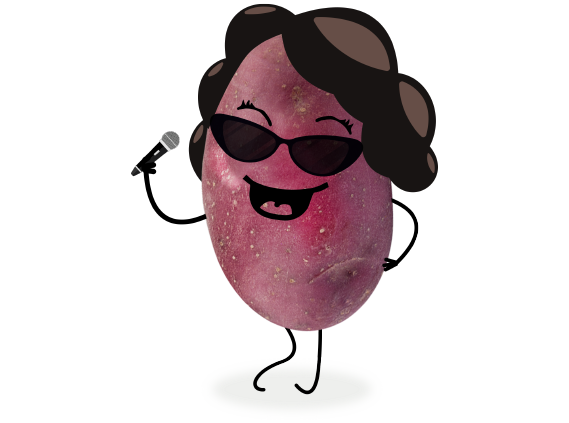
FLOURY or CRUMBLY potato types have large starch granules resulting in a coarse, crumbly texture after cooking.
On average potatoes are about 80% water, but the water content can range from 75 to 85% depending on the variety.
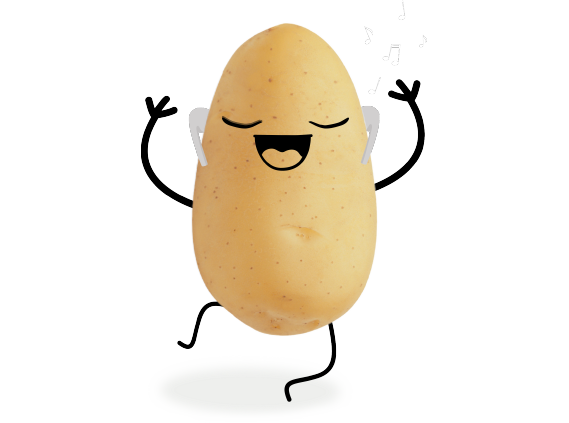
Potatoes’ lower water usage and higher yields make them a sustainable crop compared to many other crops.
Potatoes can be grown in half the acreage needed for an equivalent amount of rice, and only a quarter of space required to grow legumes like beans, peas, and chickpeas.
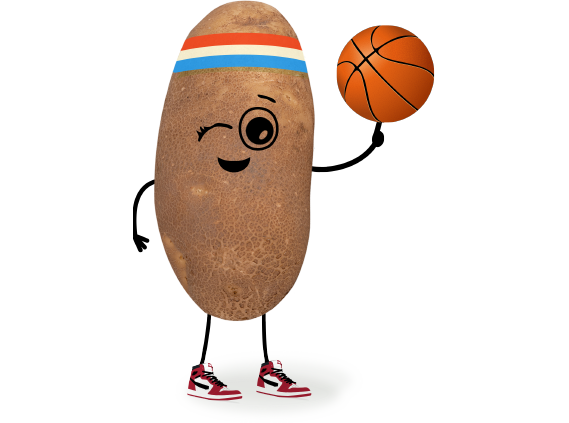
The starch in potatoes is less available to our bodies when potatoes are cooked and chilled before consuming. Potato salad, anyone?
Potatoes are the most popular vegetable in the U.S.
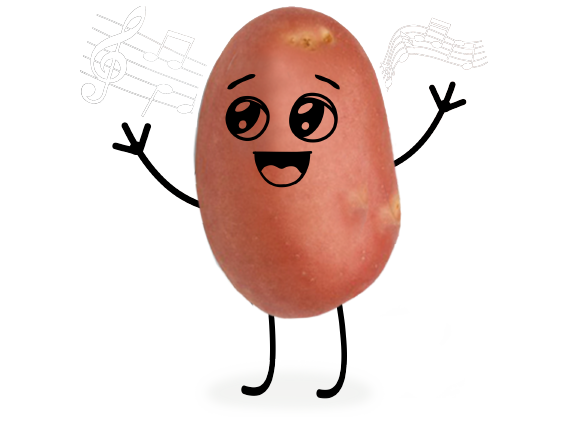
Potatoes are filled with energy-boosting carbs.
FINE and CREAMY potato types have small starch granules resulting in a smooth, creamy texture after cooking.
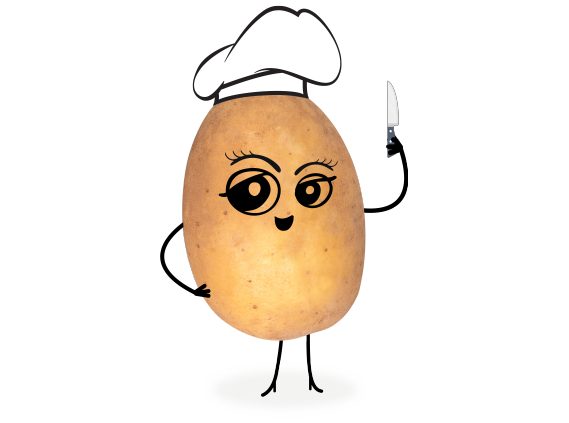
On average, potatoes contain 60% more potassium per serving than bananas.
What’s your favorite potato preparation in a restaurant? Gen Z consumers, more than any other age group, say French fries
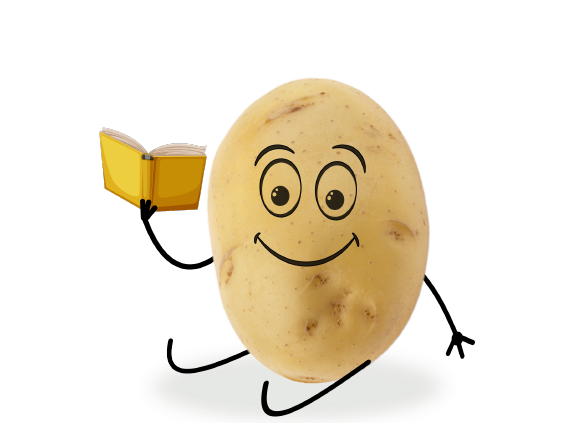
Potatoes are rich in vitamins C and B6
Potato Profiles
Explore the sensory traits, unique applications, and nutrition information for a few of our most popular potato varieties.
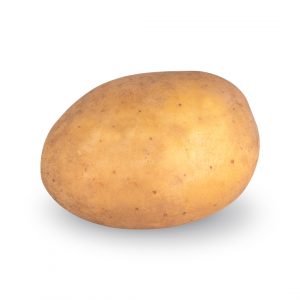
Camelia
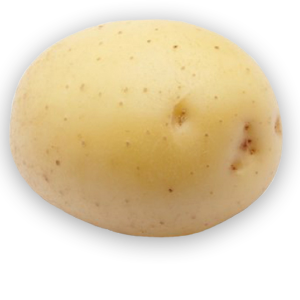
Colomba
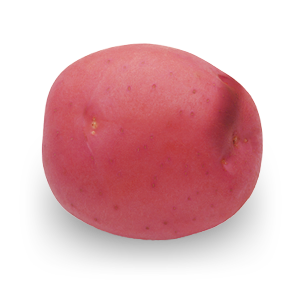
Fenway Red
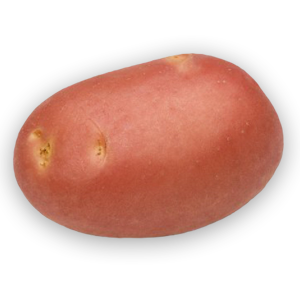
Mozart
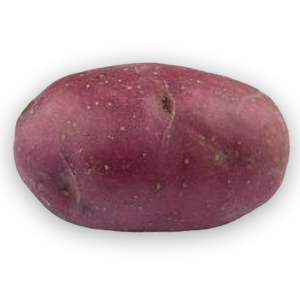
Mulberry Beauty
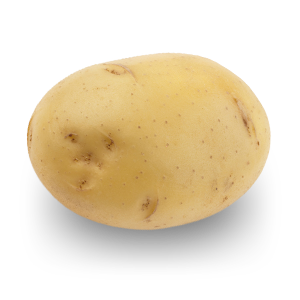
Noblesse
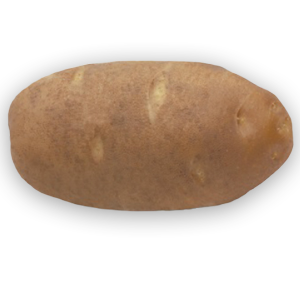
Rickey Russet
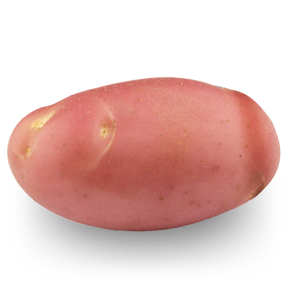
Rosi
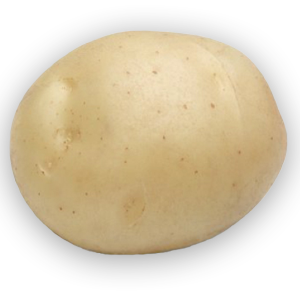
Sifra
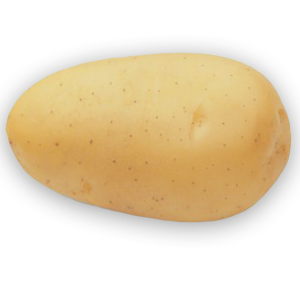
Vivaldi
Name
Shape
Look For
Inside
Type
When
it because

Camelia

It is so creamy.

Colomba

It’s a versatile variety with a creamy texture and mild buttery flavor.

Fenway Red

It holds its shape after cooking making it the perfect potato for potato salad.

Mozart

It has alluring buttery popcorn aromas and flavors.

Mulberry Beauty

It’s got such a gorgeous dark maroon color after cooking!

Noblesse

It’s a great variety for making home fries.

Rickey Russet

It’s got surprisingly creamy, moist texture with delicious buttery flavor.

Rosi

It has a mild flavor, and a tender, thin skin.

Sifra

It’s the perfect variety for making light, fluffy, creamy mashed potatoes

Vivaldi

It has a smooth creamy texture and rich buttery flavor.
Nutrition Information

Camelia


Colomba


Fenway Red


Mozart


Mulberry Beauty


Noblesse


Rickey Russet


Rosi


Sifra


Vivaldi

%DV = Percent Daily Values. Daily Values are based on 2,000-calorie diets : healthy adults. Individual nutrient needs vary based on age, gender, activity levels, and other factors. | * indicates missing data | Nutritional data based on | cup raw potato.
Culinary Council
The Potato Glory Culinary Council is an amazing group of culinary and foodservice leaders from different sectors who provide insights and strategic counsel for the Potato Glory Team.
Dig In for More

Where Do
Potatoes Grow?
Potatoes produce one crop per year, but thanks to quality-controlled storage, some types are available year-round while others have more limited availability due to storability and growing regions. Learn more about potato growing regions and seasons below.
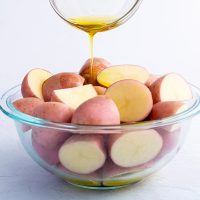
For Consumers
Look for Potato Glory varieties at your local grocer and specialty markets. Can’t find what you want? Request that your store manager stock a greater diversity of specific varieties. Ask for them by name.

For Culinary and Foodservice Professionals
Ask your distributors what’s new and exciting in potato food culture. Encourage them to source and ship Potato Glory varieties for more preparation styles and pairing options for today’s discerning diners.

